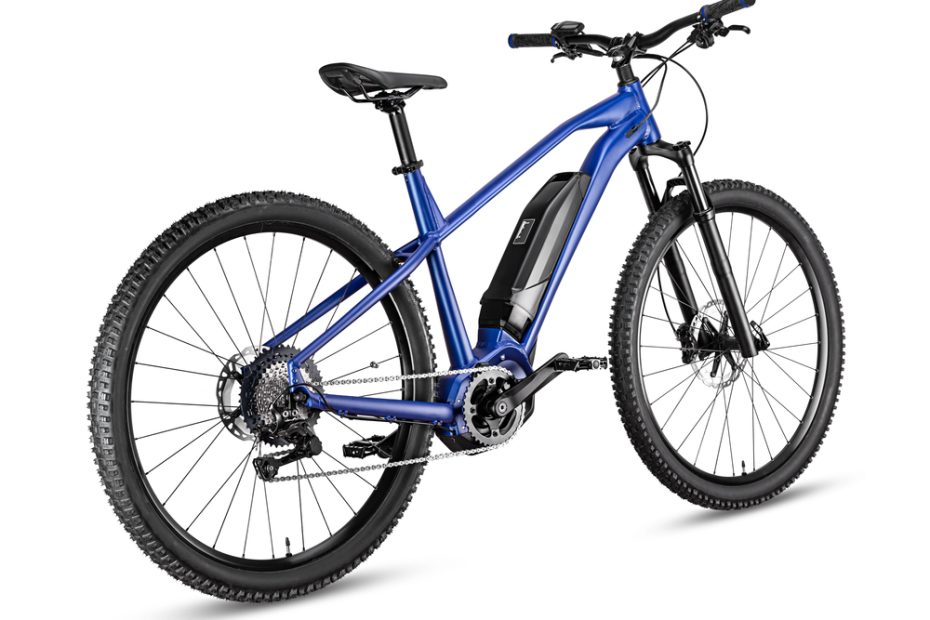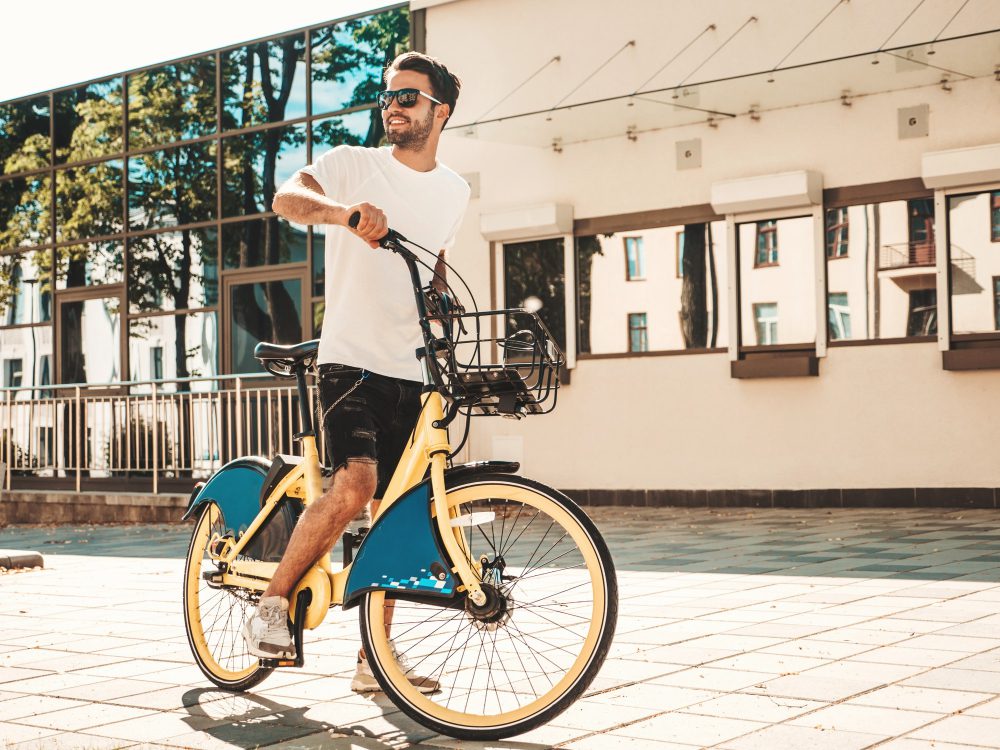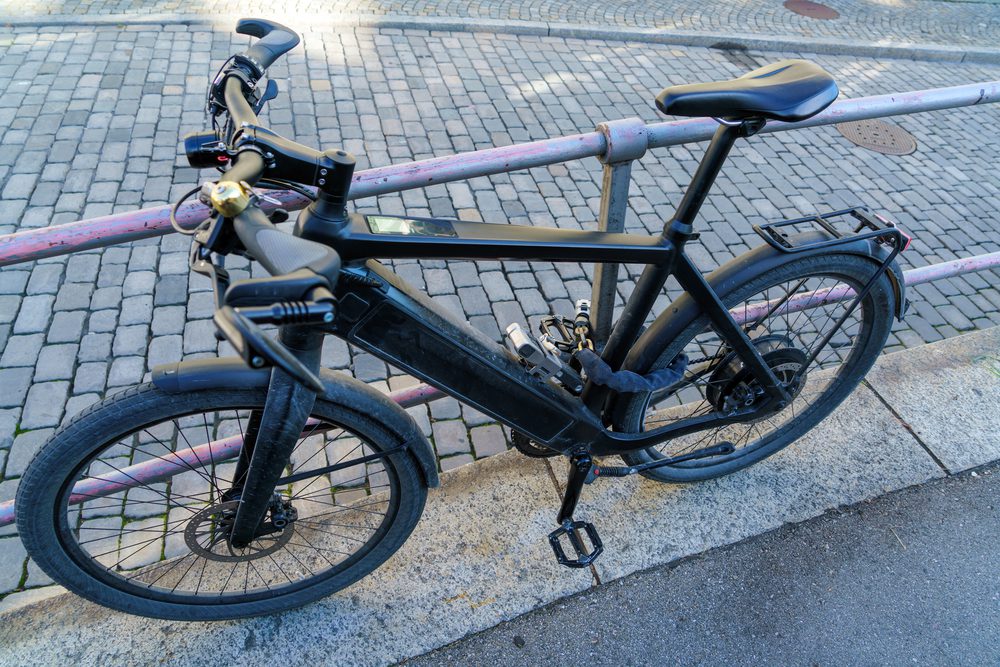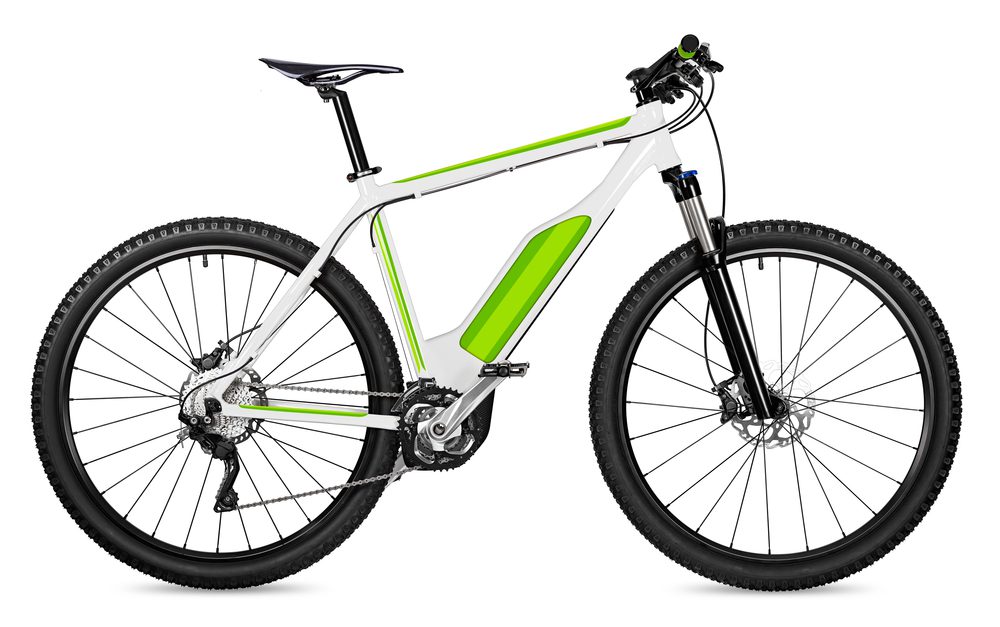Should I charge my e-bike after every ride?
Introduction
As the popularity of e-bikes continues to rise, many riders are left wondering about the best practices for charging their electric bicycles. One common question that arises is whether it is necessary to charge the e-bike after every ride. In this article, we will explore this topic in detail and provide you with valuable insights to help you make an informed decision.
The Importance of Battery Maintenance
Before delving into the specifics of charging your e-bike, it is crucial to understand the significance of proper battery maintenance. The battery is a vital component of an electric bicycle, powering the motor and providing the necessary assistance while riding. Just like any rechargeable device, taking care of your e-bike’s battery is essential for maximizing its lifespan and maintaining optimal performance.
Charging Cycles
E-bike batteries are typically designed to last for a certain number of charging cycles. A charging cycle refers to discharging the battery completely and then recharging it back to 100%. Different battery technologies have varying numbers of cycles they can withstand before experiencing a decline in their capacity.
It is important to note that not all e-bike batteries require the same charging practices. The type of battery your e-bike uses will determine how you should approach charging. Some e-bikes use lithium-ion batteries, while others may utilize nickel-metal hydride (NiMH) or lead-acid batteries.
Best Practices for Charging Lithium-Ion Batteries
Lithium-ion batteries are widely used in e-bikes due to their high energy density, lightweight design, and extended lifespan. Charging these batteries properly can help maintain their performance and increase their longevity.
“For lithium-ion batteries, it is generally recommended to recharge them frequently and avoid deep discharges.”
- Charge your e-bike battery after each ride, especially if the battery level is below 50%. Regular charging helps prevent deep discharges, which can be detrimental to lithium-ion batteries.
- Avoid letting the battery completely drain to 0%. If possible, try to keep the battery level above 20% to avoid extreme discharge.
- Store your e-bike with a partially charged battery if you won’t be using it for an extended period. A charge level between 40% and 80% is ideal for long-term storage.
Charging NiMH and Lead-Acid Batteries
While lithium-ion batteries are the most common in e-bikes, some models may still use NiMH or lead-acid batteries. These batteries have different charging requirements compared to lithium-ion ones.
- NiMH batteries should be discharged completely before recharging them back to 100%. This is known as the “memory effect,” which helps maintain the battery’s capacity over time.
- Lead-acid batteries should be charged frequently and kept at full charge whenever possible. Avoid leaving them in a discharged state for extended periods, as this can lead to sulfation and decrease their lifespan.
Is it OK to leave my ebike on charge overnight?
Many electric bike owners wonder whether it is safe to leave their ebikes on charge overnight. With concerns about battery life and the possibility of overcharging, it’s important to understand the best practices for charging your ebike.
The Battery’s Charging Process
Electric bike batteries are designed with safety features to prevent overcharging. Once the battery reaches its maximum charge level, it automatically stops charging. This means that leaving your ebike on charge overnight should not cause any issues in terms of overcharging.
Long-Term Battery Health
Leaving your ebike on charge overnight occasionally is generally safe and will not significantly impact the long-term health of your battery. However, it’s important to note that constantly leaving your ebike on charge for extended periods may gradually reduce the overall lifespan of the battery.
Recommendations for Charging
To optimize the longevity of your ebike battery, here are some recommendations:
- Avoid constant trickle charging: While it’s fine to leave your ebike on charge overnight occasionally, it’s best to avoid constantly keeping it plugged in when the battery is already fully charged.
- Follow the manufacturer’s guidelines: Different ebike models may have specific recommendations for charging. Always consult the user manual or contact the manufacturer for guidance.
- Monitor the charging process: Keep an eye on the charging progress, especially when charging for longer periods. This will ensure that the battery is not overheating or experiencing any unusual behavior.
“Leaving your ebike on charge overnight occasionally is generally safe and will not significantly impact the long-term health of your battery.”
In conclusion, it is generally safe to leave your ebike on charge overnight occasionally. However, to ensure the longevity of your battery, it is recommended to avoid constant trickle charging and follow the manufacturer’s guidelines. Monitoring the charging process is also important to detect any potential issues.
What happens if you run out of battery on an eBike?
Running out of battery power on your eBike can be a frustrating experience, but it’s not the end of the world. Here’s what you can expect if you find yourself in this situation:
1. Reduced Assistance
When your eBike’s battery runs out, the electric motor will no longer provide assistance to your pedaling. This means you’ll have to rely solely on your own strength to pedal the bike.
2. Heavier Bike
The weight of the eBike’s battery adds to the overall weight of the bike. Without the assistance of the motor, you’ll have to deal with the extra weight as you pedal, which can make it more challenging to ride uphill or maintain high speeds.
3. Limited Range
Without the electric assistance, the range you can cover on your eBike will be significantly reduced. You’ll need to carefully plan your routes to ensure you have enough energy to make it back home or to the nearest charging point.
4. Increased Effort
When the battery is depleted, you’ll have to put in more effort to pedal the eBike. This can be tiring, especially if you’re used to relying on the motor for assistance. However, it can also be a good workout and an opportunity to improve your fitness.
5. Pushing Your Bike
If you’re unable to continue pedaling due to exhaustion or other factors, you may have to resort to pushing your eBike. Although this may be physically demanding, it’s a viable option to get yourself and your bike home safely.
6. Planning Ahead
To avoid running out of battery, it’s important to plan your rides accordingly. Make sure to check the battery level before setting off and be aware of charging stations or other locations where you can recharge your eBike if needed.
7. Bringing a Spare Battery
If you anticipate longer rides or are unsure about the range of your eBike, consider carrying a spare battery with you. This way, you can swap out the depleted battery for a fully charged one when needed, extending your riding distance.
8. Recharging as Soon as Possible
Once you’re back home or at a charging station, make sure to recharge your eBike as soon as possible. Regularly charging the battery after each ride will ensure it’s always ready for your next adventure.
9. **Safety Considerations**
Running out of battery on an eBike can leave you without the electric assistance you’re accustomed to. It’s essential to be cautious and adjust your riding style accordingly, especially when tackling hills or navigating challenging terrain.
10. **Enjoy the Ride**
Remember, while running out of battery may be an inconvenience, it shouldn’t deter you from enjoying your eBike experience. Embrace the challenge, take in the scenery, and appreciate the simplicity of human-powered cycling.



